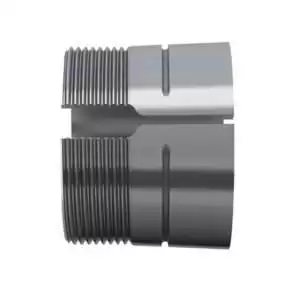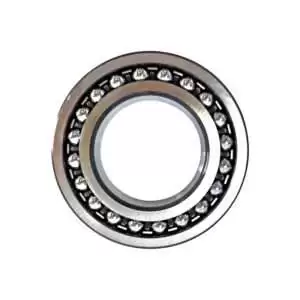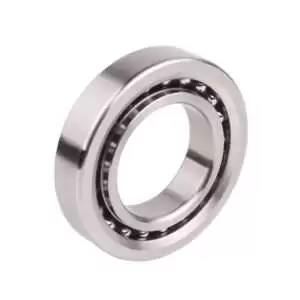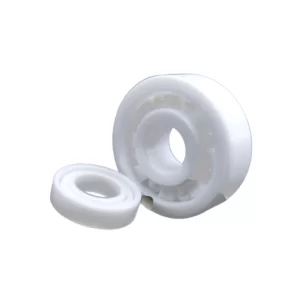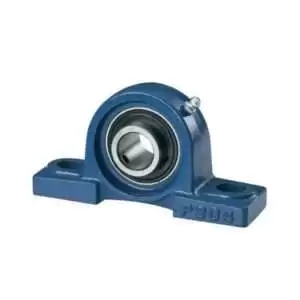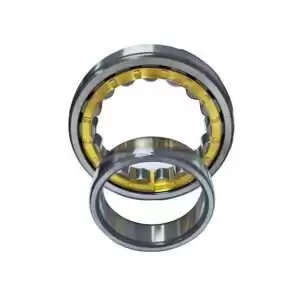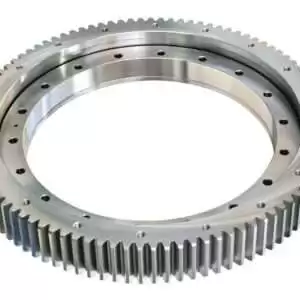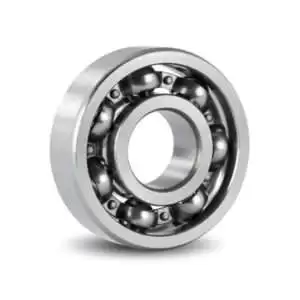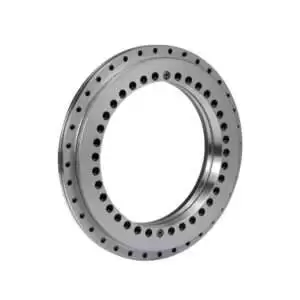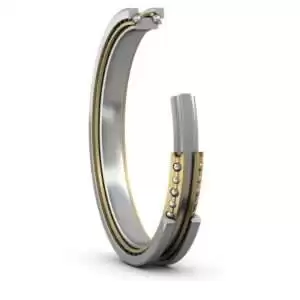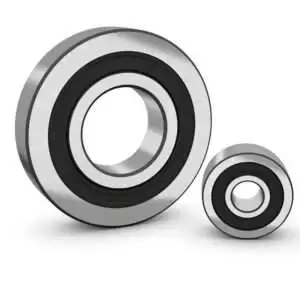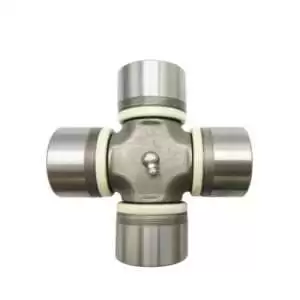Categories
-
Adapter Sleeves (9)
-
Ball Bearings (11)
-
Ball Screw Bearings (2)
-
Ceramic Bearings (27)
-
Pillow Block Bearings (4)
-
Plain Bearings (32)
-
Roller Bearings (12)
-
Slewing Bearings (43)
-
Sliding Block (3)
-
Stainless Steel Bearings (27)
-
Super Precision Bearings (6)
-
Thin Section Bearings (9)
-
Track Rollers (4)
-
Universal Joints (1)
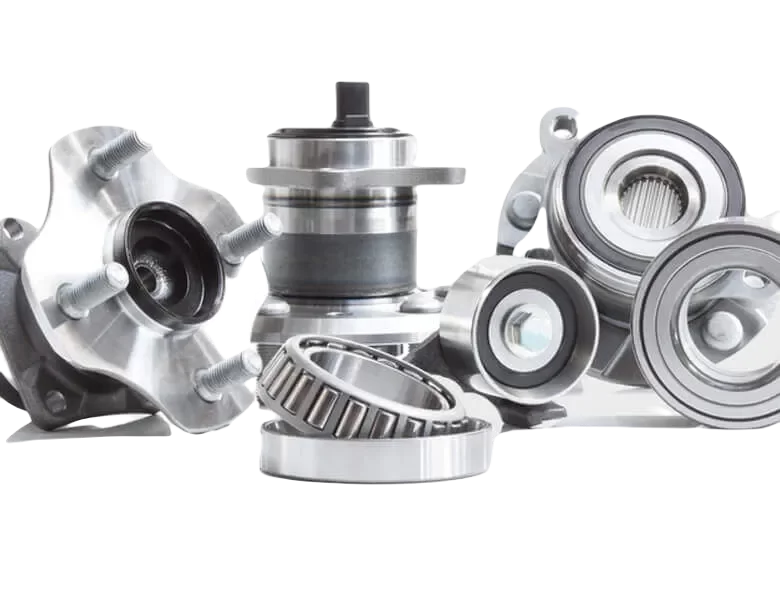
What Do You Know About Vehicle Bearings?
Definition of Vehicle Bearings
Vehicle Bearings refer to mechanical components used in automotive systems to reduce friction between moving parts, support rotational or linear motion, and manage load distribution. They play a crucial role in enabling smooth, efficient operation of various vehicle systems, including the wheels, transmission, suspension, and engine. Vehicle bearings come in various types, each designed for specific applications and load conditions, such as ball bearings, roller bearings, needle bearings, and angular contact bearings. These components are essential for enhancing the overall performance, durability, and safety of the vehicle, ensuring that parts such as wheels, shafts, and gears can rotate or move with minimal friction and wear.
Bearings are vital components in automotive systems, offering essential support and enabling the smooth movement of various parts. A wide range of bearing types are utilized in automotive applications, each tailored to meet specific functional requirements. Below are 16 commonly used types of vehicle bearings:
Different Types of Vehicle Bearings
1. Ball Bearings
Function: Ball bearings feature small, spherical rolling elements held within a ring, reducing friction and facilitating smooth motion between rotating parts. The balls enable both radial and axial load management, making them versatile and efficient for high-speed applications.
Automotive Applications: Commonly used in wheel hubs, ball bearings support wheel rotation and reduce friction for smooth vehicle movement. They are also widely applied in alternators, water pumps, and gearboxes, where high-speed motion and low friction are critical.
2. Roller Bearings
Function: Roller bearings use cylindrical or tapered rollers to distribute load over a larger surface, handling heavier radial and axial loads than ball bearings. The design minimizes friction while enhancing load-bearing capability.
Automotive Applications: Tapered roller bearings are essential in wheel hubs, where they support vehicle weight and manage forces during acceleration and braking. They are also applied in differential systems and transmissions, where high loads and durability are vital.
3. Needle Bearings
Pu Wall Stone Panel,Pu Faux Wall Panels,Pu Culture Stone,Artificial Slate Cladding
Shandong Zeen Decoration Material Co., Ltd. , https://www.zeendecor.com
Previous: 16 Types of Vehicle Bearings Used in Automotive Applications
Next: None
